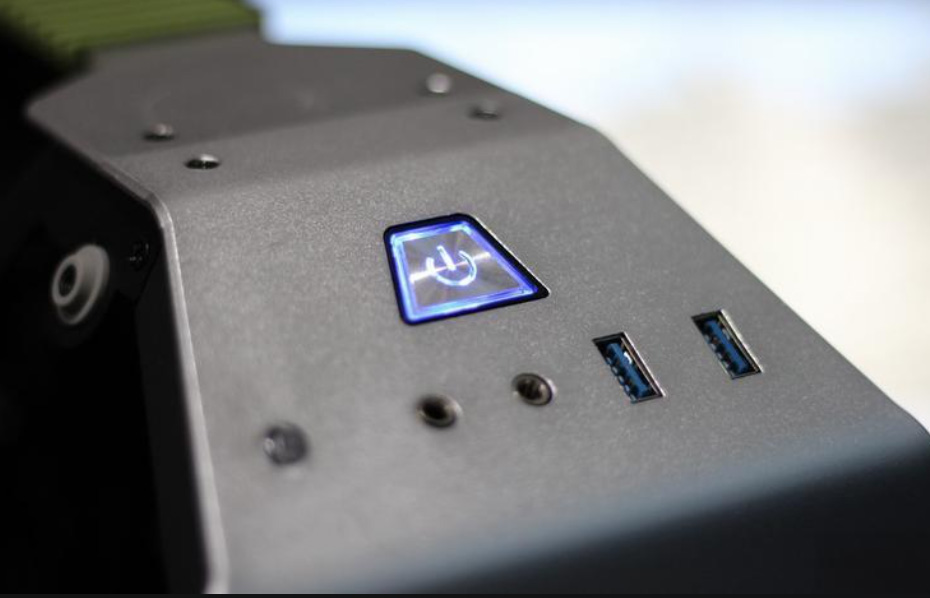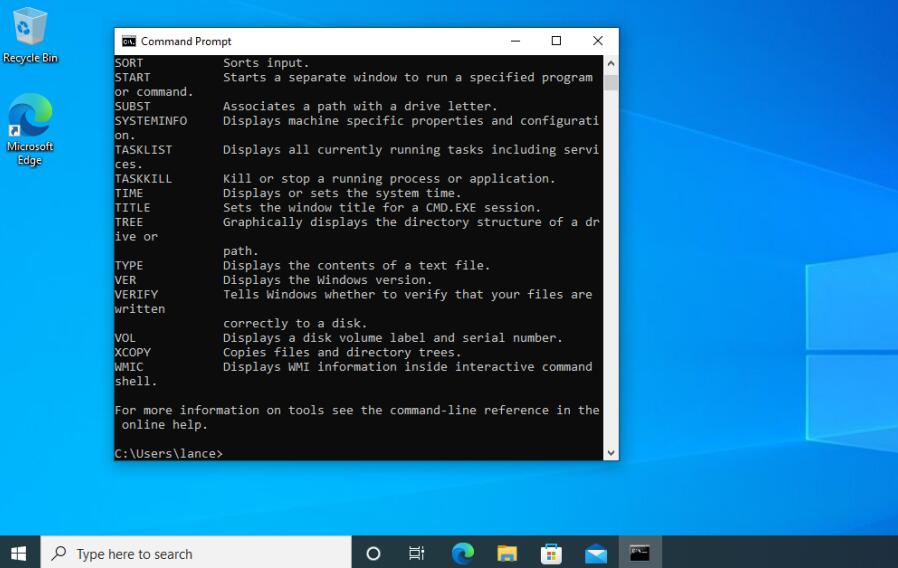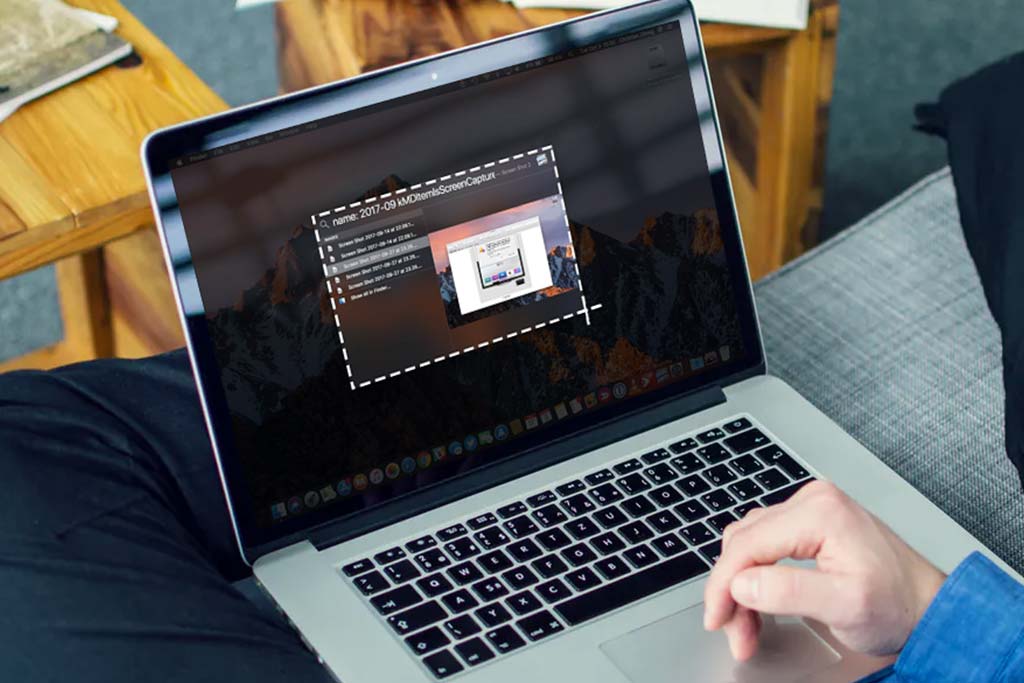How to fix computer not responding after pressing the power button?
Welcome to Blackview (Well-known brand of budget mini PC and laptop) blog. Hope the guide helps.
If your computer is not responding and cannot be turned on (as if it is frozen) after pressing the power button, there are several potential causes. Here's a step-by-step guide to troubleshoot the issue:

1. Check the Power Source
- Ensure the power cable is securely connected: Verify that the power cable is firmly plugged into both the computer and the wall outlet or power strip.
- Check the outlet: Test the power outlet by plugging in another device to ensure it is working.
- Try a different outlet: If using a power strip, plug the computer directly into the wall to rule out a faulty strip.
- Check the power supply: If it's a desktop, verify that the power supply switch (usually at the back of the case) is in the "on" position.
2. Inspect the Battery (for Laptops)
- Remove the battery (if applicable): If you have a laptop with a removable battery, take it out, then try to power the laptop with the AC adapter only.
- Reset the power: Hold down the power button for 30 seconds to drain any residual power, then reconnect the power and try turning it on again.
- Check the power adapter: Ensure that the charger is functional. Look for any damage to the cord and check if the charging light on the laptop comes on.
3. Perform a Hard Reset
- Desktops: Unplug the power cable, press and hold the power button for 30-60 seconds to discharge all electricity, then plug the cable back in and try to power it on.
- Laptops: Remove the battery (if possible), disconnect from the charger, hold the power button for 30 seconds, then reconnect the charger (without the battery), and try powering it on.
4. Check for Physical Damage
- Inspect the power button: Ensure the power button is not physically stuck or broken.
- Examine internal components: If you are comfortable with opening the computer, check for any loose connections inside, especially for the power supply (desktop) or battery connector (laptop).
5. Test with External Monitors (for Laptops)
If the computer seems to turn on but there is no display, connect it to an external monitor to rule out a screen issue.
6. Listen for Beeps or Check Indicator Lights
Some computers emit beep codes or show LED patterns to indicate hardware issues. Refer to the motherboard or laptop manual for beep code interpretations.
7. Replace the Power Supply (for Desktops)
If none of the above works, the power supply unit (PSU) might have failed. You may need to replace it or have it tested by a technician.
8. Check RAM and Components
Open your desktop or laptop case and ensure that the RAM sticks are properly seated. Remove and reinsert them to be sure.
Also, check other components like the graphics card or hard drive to ensure nothing is loose.
9. Try Booting Without Peripherals
Disconnect all external devices (keyboard, mouse, USB drives, etc.) and try turning on the computer. This helps determine if an external device is causing the issue.
10. Contact a Professional
If you've tried all the above steps and the computer still won't turn on, there may be a more serious hardware issue such as a motherboard or processor failure. It's recommended to contact a professional technician for further diagnosis.




